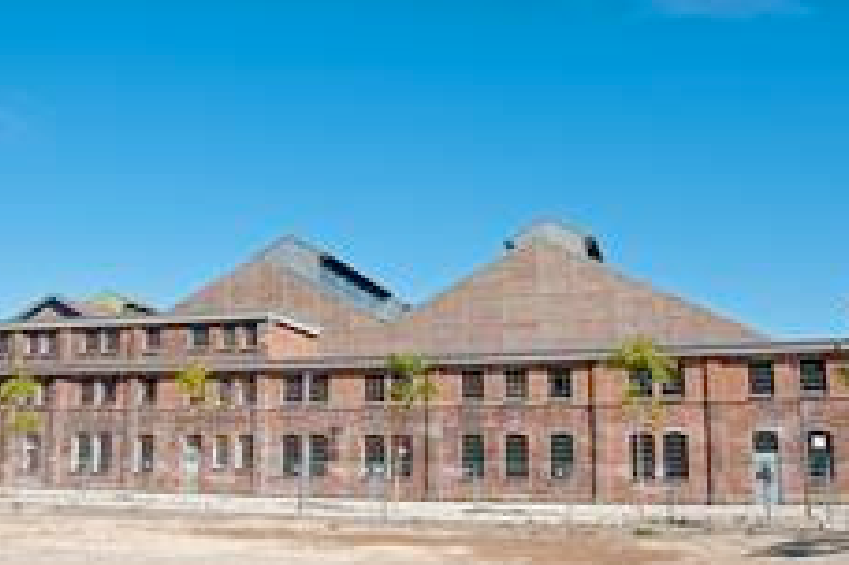This may be good for the environment, but it’s a horror for all companies requiring large spaces: During the last few years land consumption in Germany has decreased further. The results of analyses carried out by the BBSR (Federal Institute for Building, Urban Affairs and Spatial Research) have shown that between 2005 and 2008 104 hectares of land per day have been sealed, whereas between 2009 and 2012 “only” 74 hectares per day have been sealed. However, up to 2020 the environmental goal is 30 hectares at a federal level. North-Rhine Westphalia is even planning to lower the sealed areas to 5 hectares. Thus an increasing demand meets a declining supply.
If new ground is difficult to get, former industrial areas must be recycled and be introduced to the narrow real estate markets. But often various restrictions pose obstacles to the new use of brownfields. Mainly producing companies with expansion plans and the logistics sector are affected by the shortage of land and restrictions. The booming online market has aggravated the situation further. But also the housing sector in growing cities is fighting with the scant amount of land.
Therefore it comes as no surprise that former military and industrial areas are discussed and examined more often to serve as land reserves. Yet: the initial situation in most cases is highly complex. For the evaluation of technical, environmental and legal risks expert knowledge and advice is required. “There are no hopeless cases, on the contrary,” says Anselm Elsbroek, engineer and expert for the recycling of brownfields. “Not only harmful substances lie dormant in old grounds, but also a great potential for re-use.”

